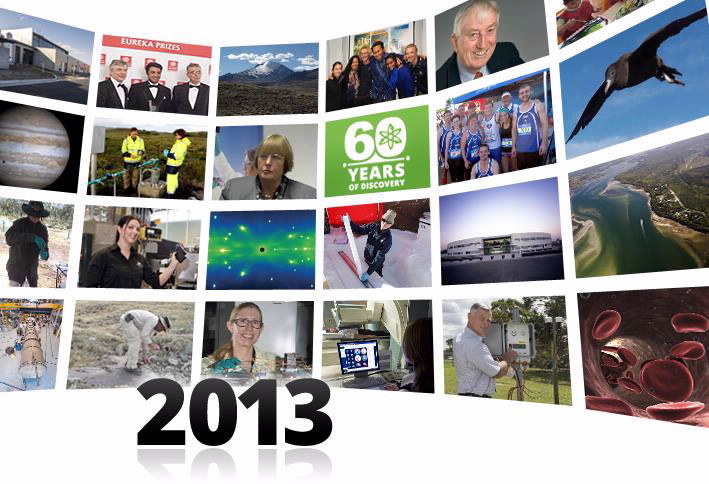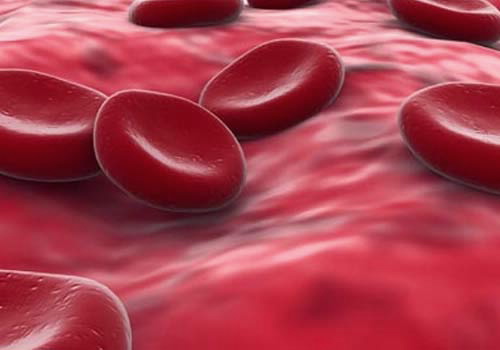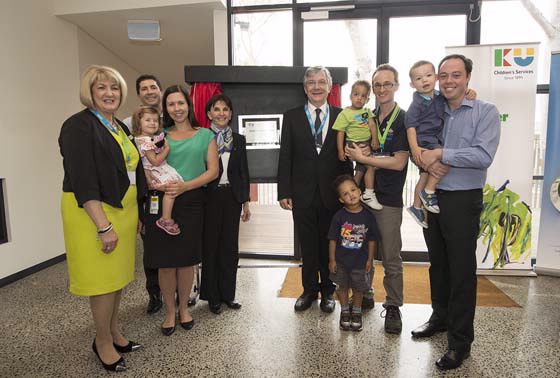It was another amazing year for ANSTO in 2013 marked by important milestones, award winning research and cutting-edge science. As we welcome 2014, let’s take a moment to reflect on the year that was.
 |
One of the major highlights in 2013 was when ANSTO took the helm of the iconic Australian Synchrotron bringing two of Australia’s most significant pieces of scientific infrastructure together and advancing scientific outcomes for the nation including environmental, manufacturing mining, medical imaging and carbon dating research.
We congratulated Professor Andrew Peele on his appointment as the Director of the synchrotron later in the year (November). He previously held the position on an interim basis since the beginning of 2013.
2013 was also the year we celebrated the 60th anniversary since Australian scientists with great minds and ‘roll-up-your-sleeves’ determination started to convert bushland in Sydney’s Sutherland Shire into one of Australia’s most significant centres of science - ANSTO.
Today, one in two Australians benefit from nuclear medicines manufactured at ANSTO, which help diagnose and treat heart disease, cancer, muscular and skeletal conditions. Plans for ANSTO to take a global leadership role in medical isotope production were announced in 2012 and approved by the independent nuclear regulator, the Australian Radiation Protection and Nuclear Safety Agency (ARPANSA) in October, 2013.
Check out this historical footage we found for the 60th anniversary celebrations of former prime minister Sir Robert Menzies at the opening of Australia's first nuclear reactor - HIFAR.
Success came in many other forms last year. We’ve picked out a few below…
Research highlights
ANSTO’s environmental scientists travelled the four corners of the globe to help better understand the health of our planet and its people. Andrew Smith visited Greenland in search of rare atoms used to study climate change, David Fink joined a select few scientists to conduct research in Mongolia (it too will build on current climate research), and researchers travelled to Rottnest Island to learn whether its bore water supply was sustainable. We hugged many of these scientists to show our support for their ongoing hard work.
Richard Banati collaborated with volunteers and researchers in a study of the bird feathers of the shearwater seabirds and made stunning discoveries about the impact of plastics on marine life.
Some of our work was out this world with Helen Maynard-Casely discovering material believed to be found on Jupiter’s moons and Karina Meredith used an isotope normally associated with planetary studies to understand the Darling River’s complex water systems. That work earned her recognition at this year’s Goldschmidt Meeting.
On the international front, a new collaboration with the Shanghai Institute of Applied Physics (SINAP) will lead to cooperation in the area of materials research and development in coming years.
Other research that got media attention included Christopher Garvey’s collaborative work shedding light on how haemoglobin has evolved to carry oxygen at different body temperatures and recognition of pollution tracker David Cohen’s 25-year collaborative study tracing particle pollution across Australia and South East Asia.
 |
| ANSTO's Christopher Garvey and colleagues helped shed light on how haemoglobin has evolved to carry oxygen at different temperatures. Their findings were reported in the Journal of the Royal Society Interface |
Our people
The hard work of staff was recognised in many forms in 2013. Lyndon Edwards and Michael Saleh from ANSTO’s Institute of Materials Engineering were recognised for their role in helping to keep Australian troops safe at the Oscars of Australian science – the Eureka Prizes.
ANSTO was proud of its NSW Young Tall Poppies – Vanessa Peterson and former Bragg Institute researcher Neeraj Sharma for their contributions to science, ANSTO Board Member Erica Smyth was named one of the world’s top 100 inspirational women in mining and Anwen Krause-Heuer was handpicked from a list of thousands of young researchers around the world to rub shoulders with science royalty at the Lindau Meetings in Germany.
Our science and our community
ANSTO works with our partners providing benefits to government, customers and the community and 2013 was no exception.
We celebrated science at IFLS Live held during National Science Week and attended by a who’s who of the science world, including Nobel Laureate Brian Schmidt, the Bad Astronomer Phil Plait, Dr Karl, comedian Justine Rogers, Henry Reich of MinutePhysics and MinuteEarth, Mitchell Moffit & Gregory Brown of AsapScience, Carin Bondar of Wild Sex and Destin Sandlin of Smarter Every Day. This was in the same week Channel 10’s The Project visited ANSTO to feature the OPAL research reactor.
Our staff got involved in a number of important local events raising money and awareness for charity including fighting cancer in the overnight Relay for Life and sponsoring running event Sutherland to Surf.
We gave a helping hand to Engadine High School who took on the world at the International F1 in Schools competition in Texas and officially opened the ANSTO KU childcare centre that will also have a number of community places.
ANSTO does a lot of work with the local community and also runs tours of its facility at Lucas Heights with a record number of people coming through the gates in 2013. Stay tuned in 2014 for the virtual tours. Check out this Youtube teaser.
 |
| KU CEO Christine Legg (Far left), ANSTO board member Susan Pond (Centre left), ANSTO CEO Adi Paterson (Centre right) and happy users of the new childcare centre located at Lucas Heights with their parents. The centre was opened in December and had opening for both staff and the local community. |
Notable mentions
Other highlights for the year, include welcoming Nobel Laureate Professor Peter Doherty who gave a science talk at our Lucas Heights campus on immunity and the arrival of a new accelerator at our Centre for Accelerator Science that will help researchers from Australia and around the world to study the A – Z of science.
ANSTO’s Bragg instrument also welcomed new instruments DINGO, KOOKABURRA and PELICAN that in coming months will continue to enhance its reputation as one of Australia’s most significant scientific user platforms.
Those highlights help round out a year of major achievements. As we commence celebrations in 2014 for the International Year of Crystallography, we can reflect on what has past and look forward to another year of ground-breaking collaborations and scientific breakthroughs.
Published: 13/01/2014


